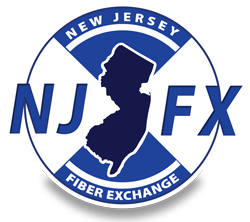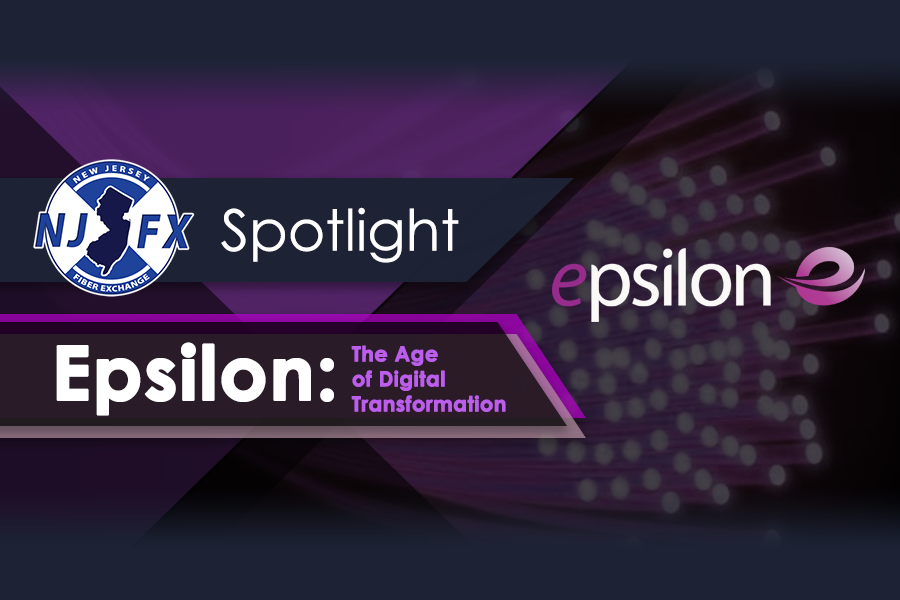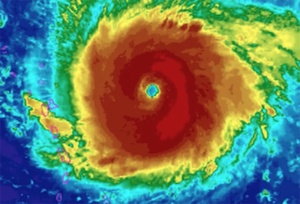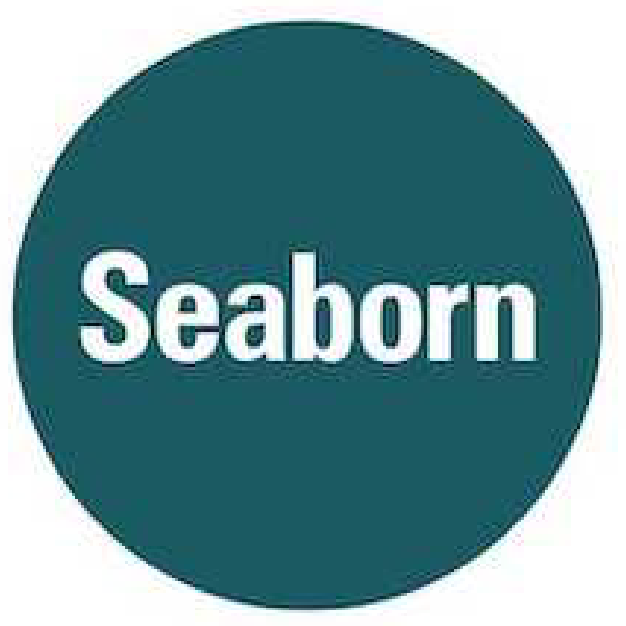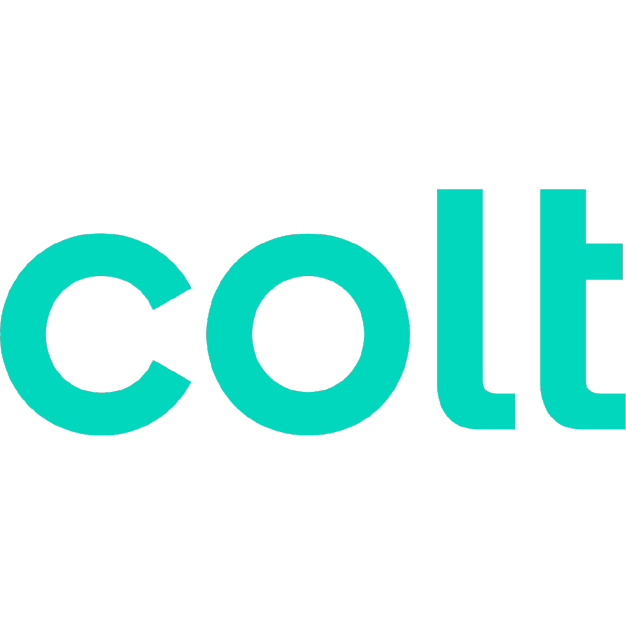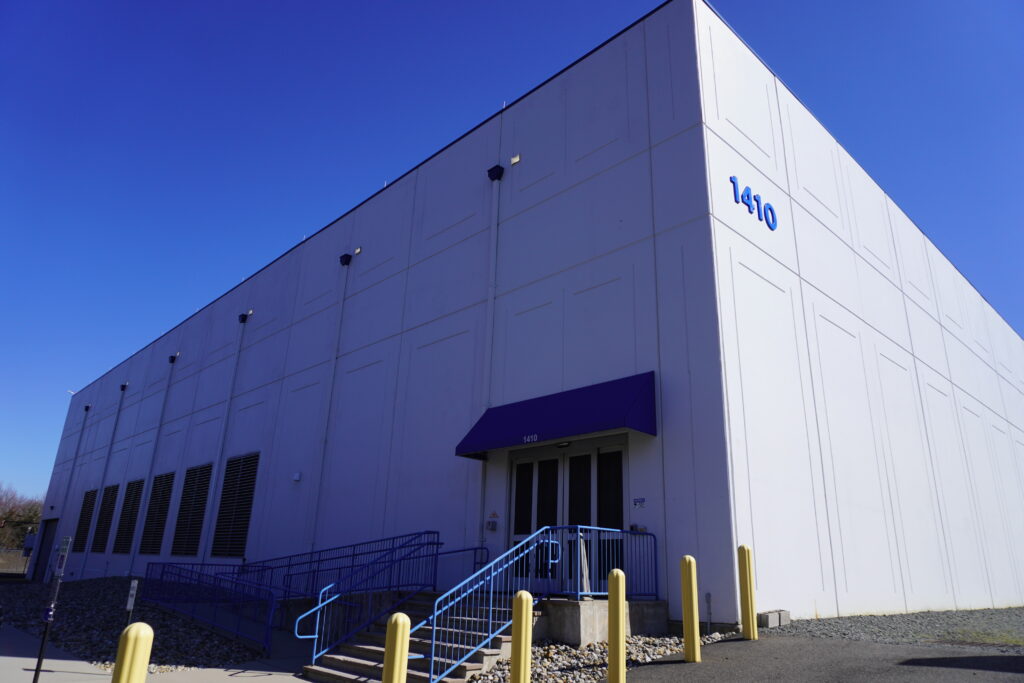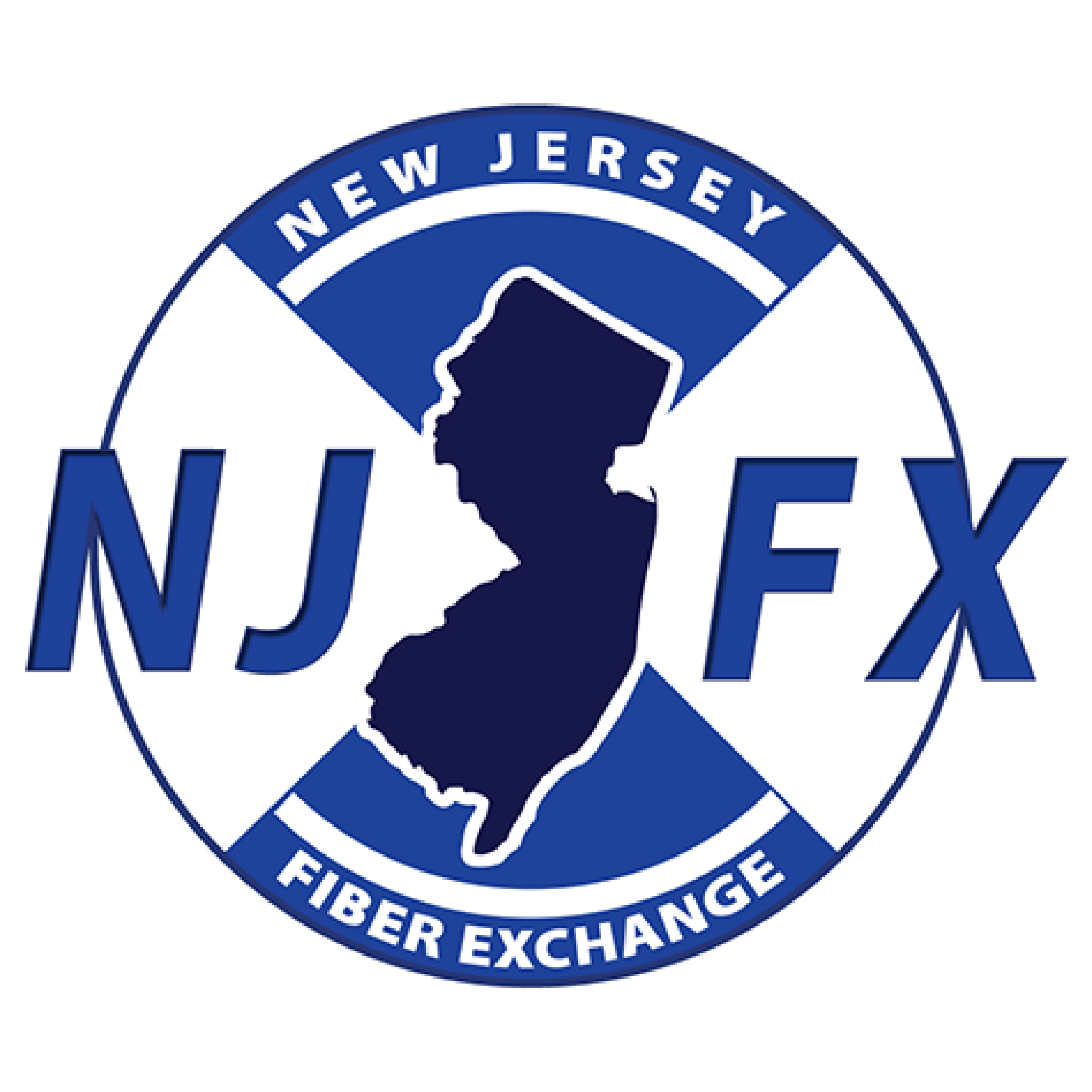The Factors Driving Disruption in the Subsea Industry
The Factors Driving Disruption in the Subsea Industry

Gil Santaliz
CEO
March 2, 2018
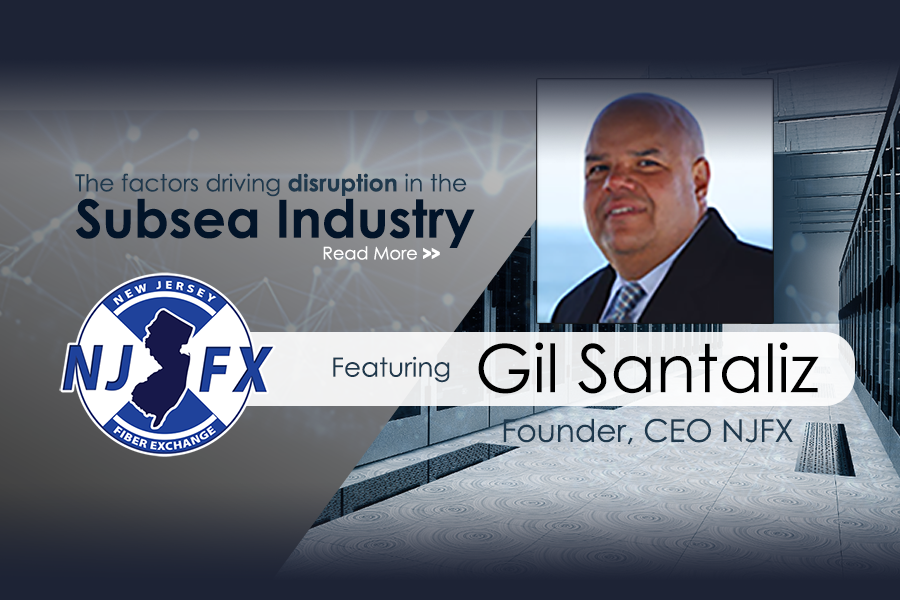
Subsea industry leaders fresh off a game changing conference have a lot to think about. Submarine Networks Europe 2018 brought together cable operators, carriers, builders and OTTs to talk about what’s ahead for the industry, what’s changing within the subsea sector and where we go from here.
Perhaps the most obvious development is the sheer number of projects currently in the works or on the horizon. This is the second building boom since the internet came to be. Before this latest round of new cable project announcements, when the internet was still in its infancy, the demand for capacity was nowhere near the levels it is today. It’s becoming clear the current cable building boom is not only timely, but necessary. These new projects are as the most recent cables near their end of life.
“We are seeing the next generation of subsea deployments, not seen since 2000, which will support the next 20 years of as we experience an explosion in the amount of data that traverses the globe,” comments Gil Santaliz, Founder and CEO of NJFX. “These new cables have a new financial model driven by the OTT’s with fewer carriers involved. Some carriers will be left to operate in the secondary market only. NJFX’s unique Tier 3 colocation model allows us to address the requirements that subsea cable operators have for higher capacity, reliability, security, and flexible interconnection options to North America, South America and Europe.”
Santaliz adds that it is inevitable that OTT players would have a huge role to play in the financing of future subsea projects and that the industry must learn to work with them. “Companies like Facebook, Google and the rest represent stable tenants for operators,” he says.
Today subsea cables are critical infrastructure completely necessary to keep up to date and functioning at the fastest rate possible. “Fundamentally, we need the internet to work and for that to happen we need those subsea connecting cables to work. Today, Internet of Things technology is no longer a nice to have – it’s a must have,” Santaliz said.
The carrier- neutral model at the cable landing station is becoming very beneficial. Massive bandwidth demands and the need for highly reliable network infrastructure are driving the need to locate multiple subsea cable systems in one place. “There are huge economies of scale in this model,” continues Santaliz. “Operators are recognizing that it’s extremely hard to have all of these elements – elevation, backhaul optionality, and power in one place. A carrier-neutral CLS allows for a best of breed community versus the traditional monopoly carrier landlord model and paves the way for the new economy.”
It wasn’t that long ago that the Internet was just email. Now it’s live broadcast, applications and services. “I expect to be in a driverless car in the next five to ten years, making my life a lot easier as I get older. The last thing I want to hear is that my car won’t work because they lost some application that was being supported out of France or Frankfurt and there is no connectivity and the cars aren’t working. We need to modernize our infrastructure to support how important it is that these things continue to work,” comments Santaliz.
###
About NJFX:
NJFX is a Tier 3 Carrier Neutral Cable Landing Station campus. Our colocation ecosystem has expanded to over 35 network operators offering flexibility, reliability, and security. Our Wall, NJ location provides direct access to multiple subsea cable systems giving our carriers diverse connectivity solutions and offers direct interconnection without recurring cross-connect fees.
More In the News

Windstream Wholesale Bolsters Fiber Transport Network at NJFX
Windstream Wholesale Bolsters Fiber Transport Network at NJFX Windstream Wholesale is fortifying its fiber transport network at NJFX’s Tier 3 carrier-neutral colocation campus, located at the cable
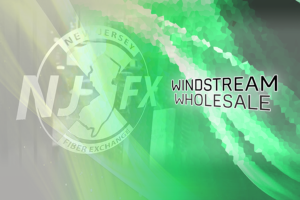
Innovation at Lightning Speed – Connectivity MUST Keep Pace
Innovation at Lightning Speed – Connectivity MUST Keep Pace June 14, 2018 Windstream Wholesale is fortifying its fiber transport network at NJFX’s Tier 3 carrier-neutral colocation campus,
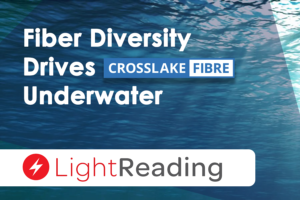
Fiber Diversity Drives Crosslake Underwater
Fiber Diversity Drives Crosslake Underwater See the original article at Lightreading Here June 8, 2018 The explosion in demand for diverse sources of bandwidth is fueling

Interconnections & the Escape From New York
Interconnections & the Escape From New York Gil Santaliz CEO See the original article by Carol Wilson here at Light Reading July 22, 2022 CHICAGO –

Telecom Re-Imagined: Sparkle’s Innovative Subsea Solution w/ Support of NJFX
Telecom Re-Imagined: Sparkle’s Innovative Subsea Solution w/ Support of NJFX Ryan Imkemeier Explains the Importance of Equipment Maintenance, Vendor Relationships, Electrical Distribution & Managing the

Zayo & NJFX: The Fast Path to Global Financial Markets
Zayo & NJFX: The Fast Path to Global Financial Markets Zayo’s Low-Latency Connectivity Extends to Financial Liquidity Centers in Europe, South America and Asia See
The Factors Driving Disruption in the Subsea Industry Read More »
